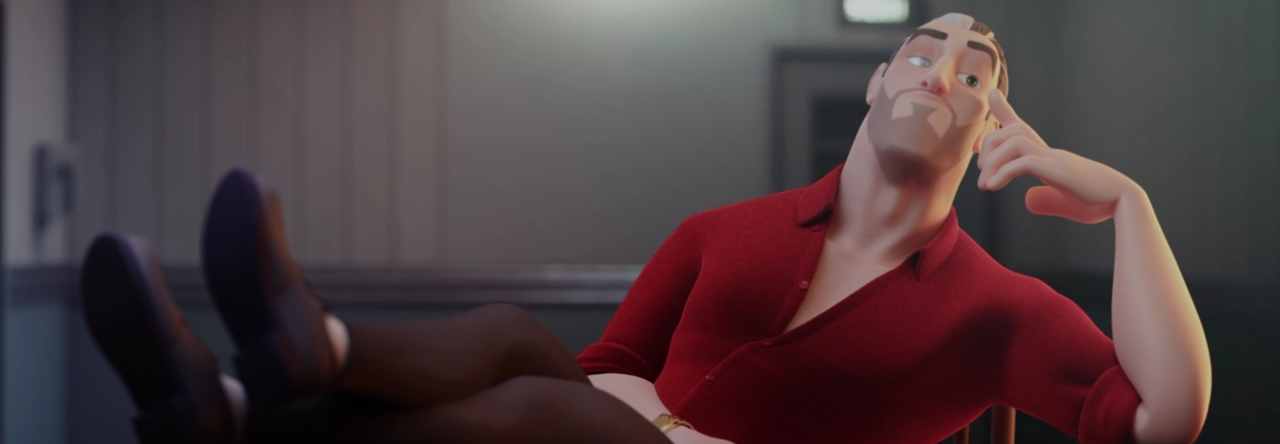The eye mask is an immensely important part of any kind of acting animation, and it’s an area which requires much time and attention to detail. Principles of animation apply not just to the body, but to the eyelids and eyebrows as well. Utilizing these animation principles well will allow you to shape your way to more expressive and appealing brows. A few of these ideas include:
Arcs – Track the motion path of the brows to make sure that they travel in arcs rather than linears
Offset – Offsetting the movement of one brow can make it look as though the other one is pulling it up/down and add variety to the brow motion
Lead/Drag – Offset the brows from the eyelids to make the brows either lead the eyelids or be pushed/dragged by the eyelids. One or the other could look better depending on the context of the action or beat.
Overshoot – Especially in the case with large, exaggerated motions, the brows can overshoot their final positions and then take a few frames to settle to give the illusion that the muscles underneath are settling into place.
Connectivity – Everything in the face is connected, so when the eyelids move, so do the brows, and vice versa. This applies to blinks, eye darts, expression changes, etc.
Framing the Face – Good posing in the brows will help direct the attention and frame the face. Brows are often used to help open up the face to one side or the other, and tend to support the direction of the eye gaze.
To help drive these points home, instructor Greg Rizzi animated some quick examples on AnimSchool’s Marnie rig. See the principles of animation for brows in play in this super informative and helpful video:



